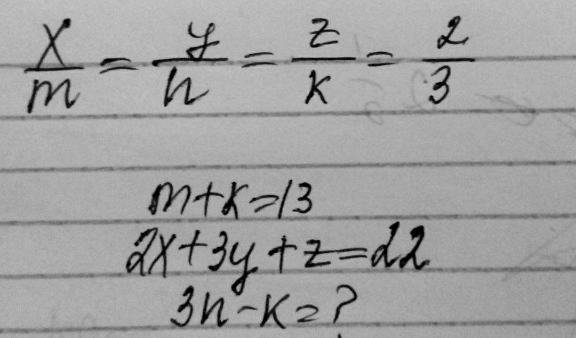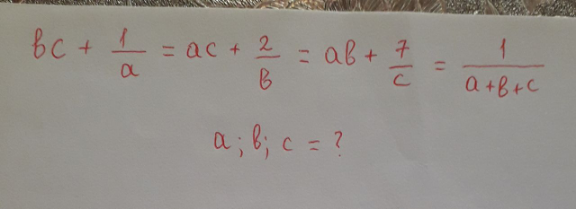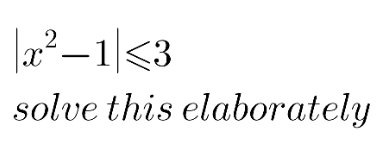
AlgebraQuestion and Answers: Page 240
Question Number 119635 Answers: 1 Comments: 0
Question Number 119634 Answers: 2 Comments: 0
Question Number 119580 Answers: 3 Comments: 0
Question Number 119576 Answers: 2 Comments: 0

Question Number 119540 Answers: 1 Comments: 0

Question Number 119538 Answers: 1 Comments: 1

Question Number 119490 Answers: 0 Comments: 0
Question Number 119483 Answers: 1 Comments: 0
Question Number 119396 Answers: 3 Comments: 1
Question Number 119303 Answers: 3 Comments: 0
Question Number 119204 Answers: 0 Comments: 0
Question Number 119160 Answers: 0 Comments: 5

Question Number 119159 Answers: 2 Comments: 0
Question Number 119147 Answers: 0 Comments: 0

Question Number 119141 Answers: 1 Comments: 0

Question Number 119177 Answers: 1 Comments: 0

Question Number 119133 Answers: 0 Comments: 0
Question Number 119119 Answers: 2 Comments: 0

Question Number 119107 Answers: 1 Comments: 0

Question Number 119059 Answers: 1 Comments: 0

Question Number 119055 Answers: 2 Comments: 0
Question Number 119052 Answers: 3 Comments: 0

Question Number 118967 Answers: 0 Comments: 0
Question Number 118937 Answers: 1 Comments: 0
Question Number 118930 Answers: 1 Comments: 0
Question Number 118936 Answers: 3 Comments: 0
Pg 235 Pg 236 Pg 237 Pg 238 Pg 239 Pg 240 Pg 241 Pg 242 Pg 243 Pg 244
